Introduction to the flavor characteristics of black pearl coffee beans in the Central Valley of Costa Rica Coffee Story
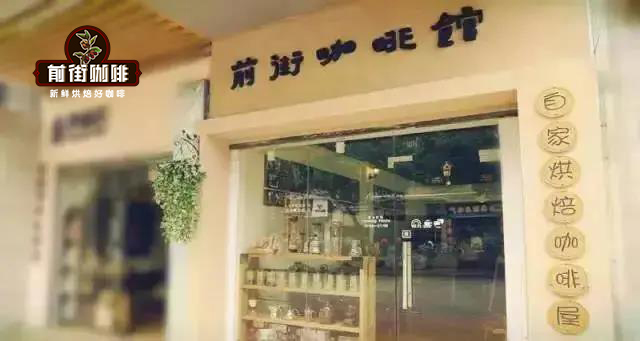
Professional coffee knowledge exchange more coffee bean information please follow the coffee workshop (Wechat official account cafe_style)
When it comes to Costa Rican coffee, it is natural to think of the usual honey treatment in Costa Rica, and most of the Costa Rican coffee beans currently provided in Qianjie are treated with honey. However, Qianjie has also tried other treatments of Costa Rican coffee beans, including black pearl coffee beans and red pearl coffee beans in the Central Valley, which are good sun-cured Costa Rican coffee beans. Emit fermented aromas, caramel and rich fruit tonality.
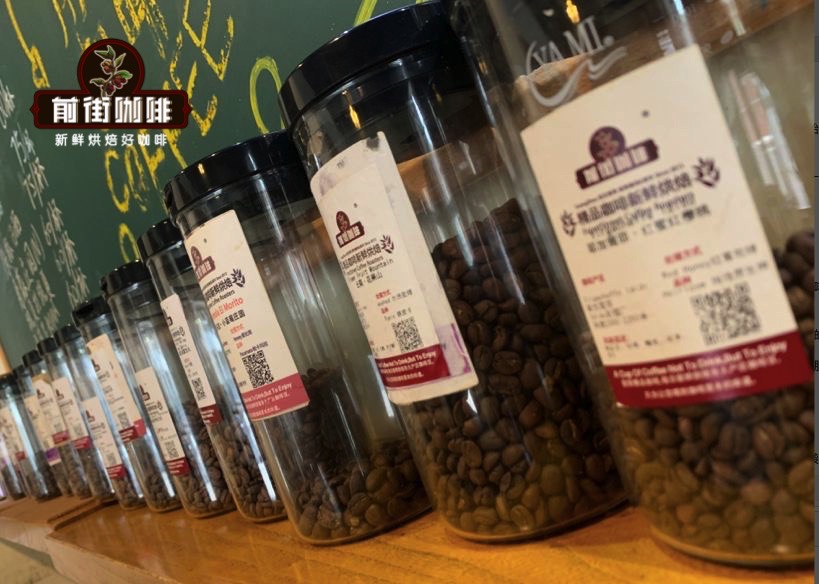
Costa Rican Black Pearl Meros
Manor: la Lajas Manor
Producing area: central valley
Variety: Kaddura, Kaduai
Treatment: special sun exposure
Altitude: 1300-1500 m
Flavor: Camellia, berries, fermented wine, cream, nuts, caramel
History of Costa Rican Coffee
Coffee began to appear in Costa Rica in 1729, when it was introduced from Cuba. This made Costa Rica the first country in Central America to grow coffee and the first to grow coffee because of its commercial value. Then, after Costa Rica became independent from Spain in 1821, the local government began to support the coffee industry with a series of policies. At that time, it was more than a hundred years after coffee was introduced into Costa Rica, but about 70,000 coffee trees have been planted, which shows the speed of its development.
In 1825, the Costa Rican government implemented a tax exemption policy. In 1832, the local government promulgated a law that "there is land for growing coffee", meaning that coffee farmers can own the land directly if they grow coffee on any land that is not occupied. This policy has encouraged many people to grow coffee and promote the development of coffee, which has led to the fact that most of Costa Rican coffee comes from private estates.
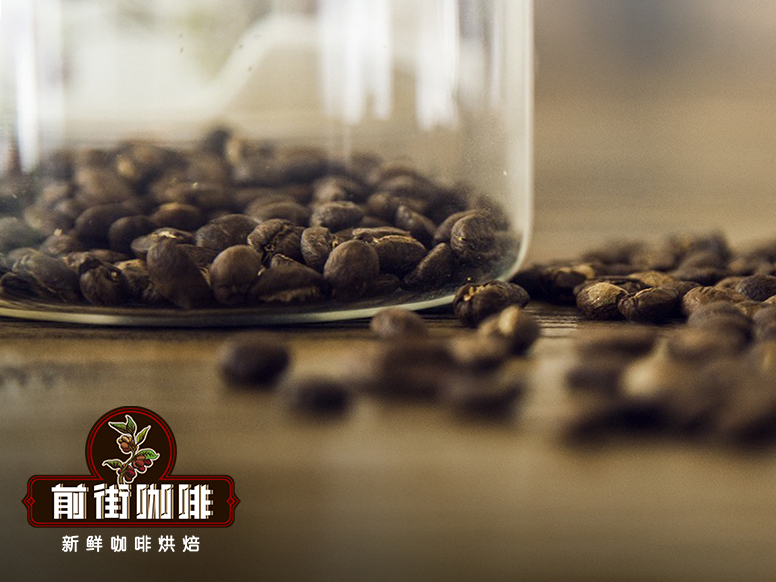
Costa Rican coffee producing area
Costa Rica is located in Central America, the volcanic soil is very fertile and good drainage, especially the central plateau Central Plateau, the volcanic terrain with fertile volcanic ash, mild and suitable temperature, stable and abundant rainfall, become an essential factor for the cultivation of good coffee.
Costa Rica has eight major coffee producing areas, namely: Valley Central Occidental in the western valley, Valley Central in the central valley, Tarrazu in Tarazu, Tres Rios in Sanshui, Orosi in Europe, Brunca in Brenka, and Turrialba in Duli Alba.
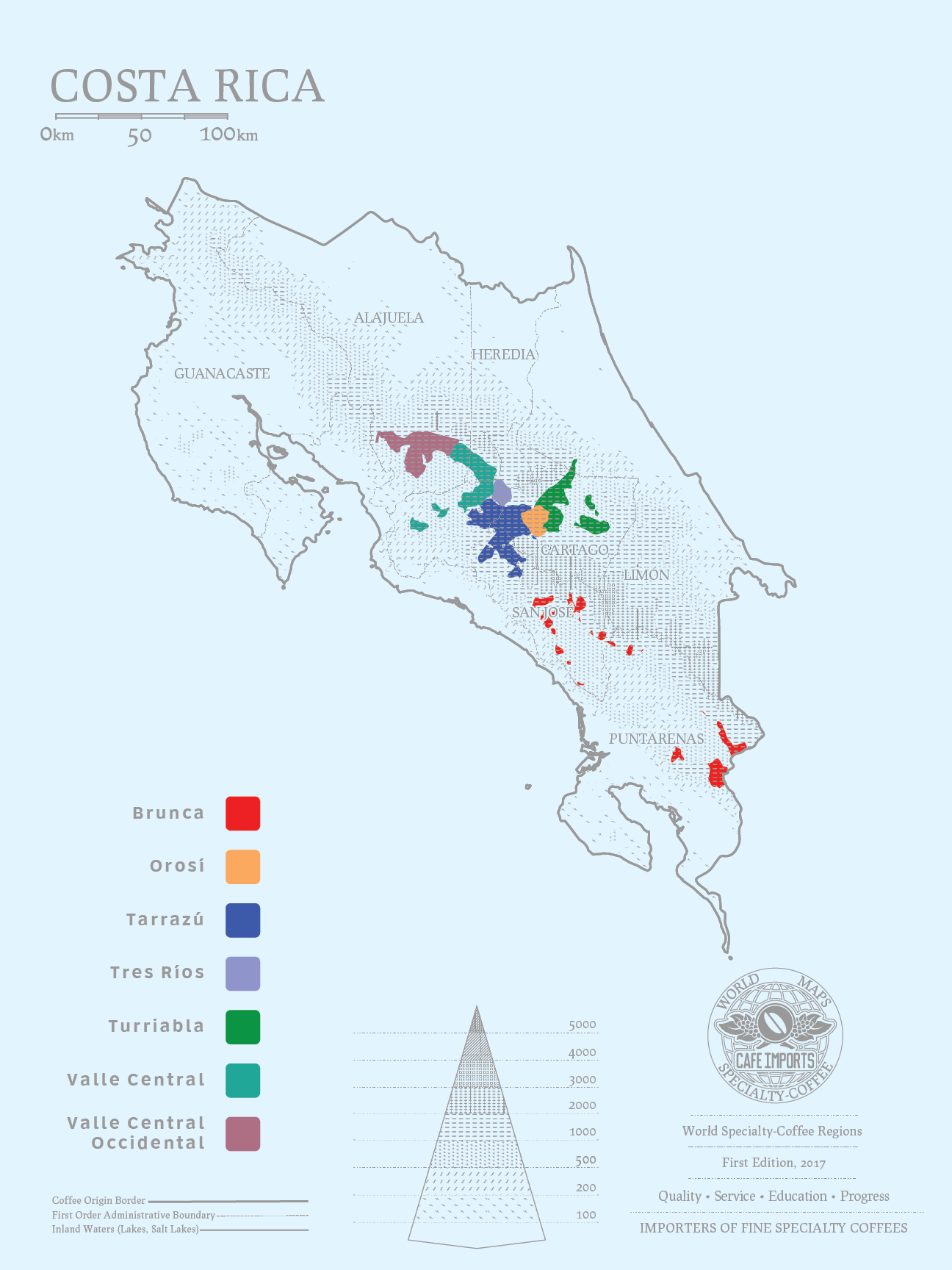
The Central Valley was the first area in Costa Rica to grow coffee, and then went to other regions to develop the country's coffee industry, with moderate annual rainfall of 118 inches and an average annual temperature of 19 ℃, coupled with high altitude, so the beans are hard, smooth, high acidity, full-bodied and full-bodied, and the area is rich in volcanic soil, sometimes with chocolate aroma.
Main varieties of Costa Rican coffee
The main varieties of Costa Rican coffee beans are bourbon, Kaddura, Kaduai, Vera Saatchi, Villalobos and so on. The two beans introduced in Qianjie today are Kaddura and Kaduai.
Kaddura, a natural variety of Arabica Bourbon, was discovered in Brazil in 1937. Its tree is not as tall as bourbon and smaller. Due to inheriting the blood of bourbon, the disease resistance is relatively weak, but the yield is higher than that of bourbon. Although found in Brazil, Kaddura is not suitable for growing in Brazil, so it is not planted on a large scale in Brazil, but is popular in Central and South America, such as Colombia, Costa Rica and Nicaragua. Kaddura is planted on a large scale.
Kaduai is a hybrid of New World and Kaddura. It not only inherits the advantage of the low body of Kaddura tree, but also makes up for the defect of Kaddura's weak fruit without the wind. The result is solid and not easy to fall when the strong wind blows. The biggest regret is that its overall flavor is slightly more monotonous than Kadura. Kaduai has the difference between red fruit and yellow fruit, and red fruit has a better flavor than yellow fruit.
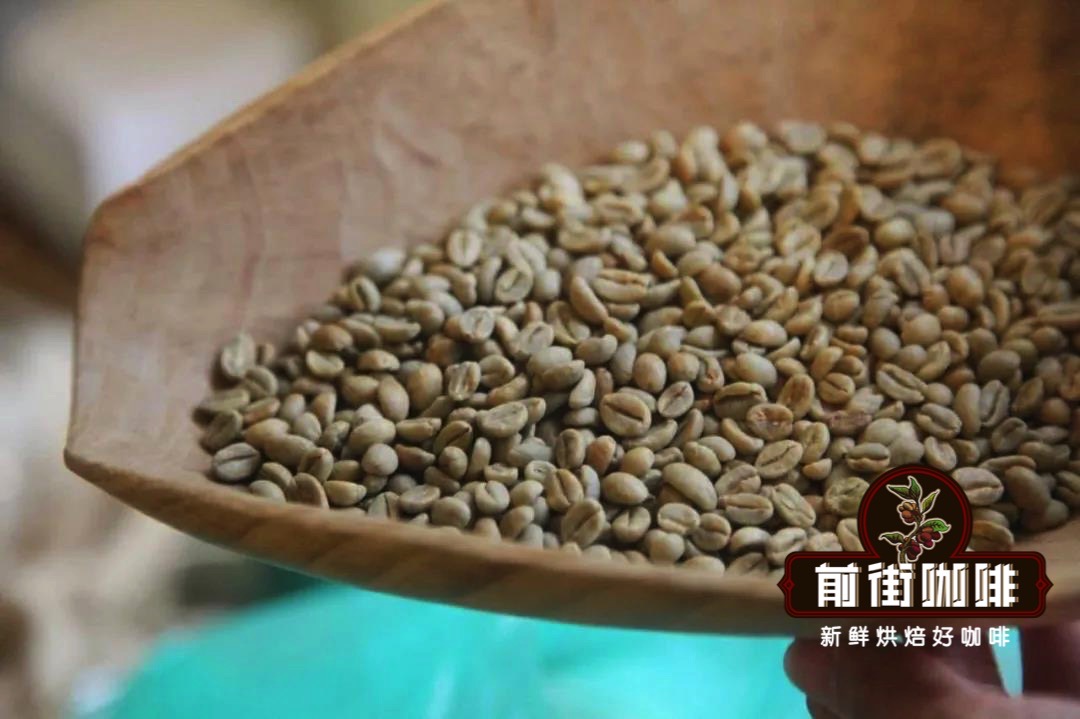
Costa Rican coffee grade
Costa Rica is classified in terms of altitude:
SHB: very hard beans grow at 1500 meters above sea level
GHB: you hard beans grow at 1100-1200 meters.
HB: hard beans grow at 1000 meters.
High-quality Costa Rican coffee is called "extra hard beans". This kind of coffee can grow above 1500 meters above sea level. Generally speaking, the higher the altitude, the better the coffee beans, not only because the higher altitude can increase the acidity of the coffee beans and thus increase the flavor of the coffee beans, but also because the night temperature at the higher altitude is lower, which can make the trees grow slowly and make the coffee beans have a stronger flavor.
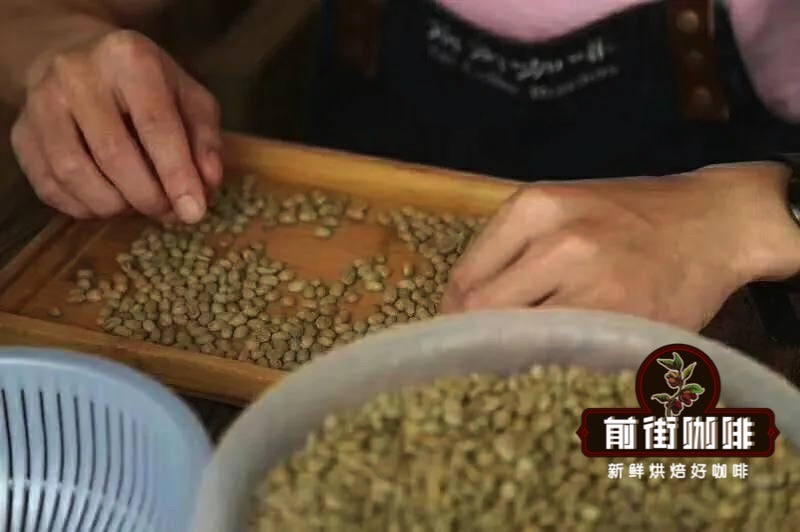
Finca Las Lajas of Ras Lajas Manor
Las Halas Manor is one of the earliest estates in Costa Rica to carry out systematic research and treatment, and it has been a favorite coffee farm for global coffee buyers for many years. La Lajas Manor is now jointly run by the third generation manor owner Francisca Cubillo and his wife Oscar. The manor is located in Valley Central, the central valley not far from the capital, quite close to the Poas Volcano volcano, with an altitude of 1300-1500 meters and an annual output of more than 50, 000 kilograms.
Many years ago, Francesca, the owner of the manor, had been hoping to improve the flavor of the coffee in the manor. At that time, the vast majority of coffee farmers in Costa Rica generally adopted the traditional washing method. The landowner began to study and improve the ways of sun treatment and honey treatment, dividing honey-treated and sun-treated coffee into a variety of different items according to their flavor.
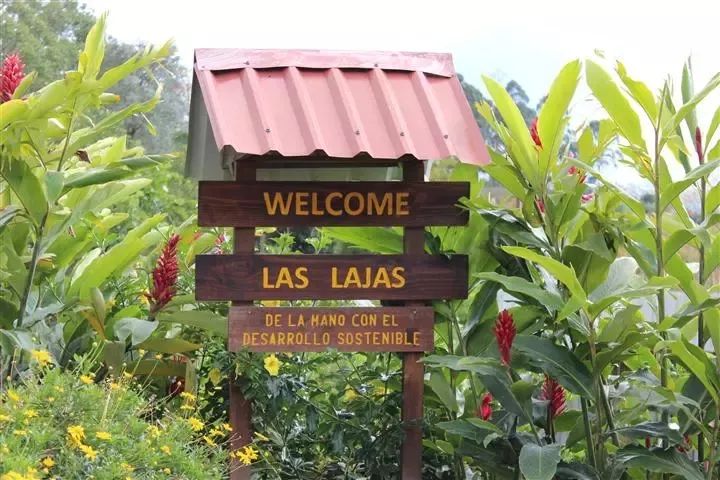
Special sun treatment
The whole process is divided into three stages. After the red fruit is picked, it is exposed to the sun for 7-8 days, then collected and sealed for storage, and then fermented at low temperature for 5-6 days. Finally, the coffee fruit is put on the scaffolding to dry.
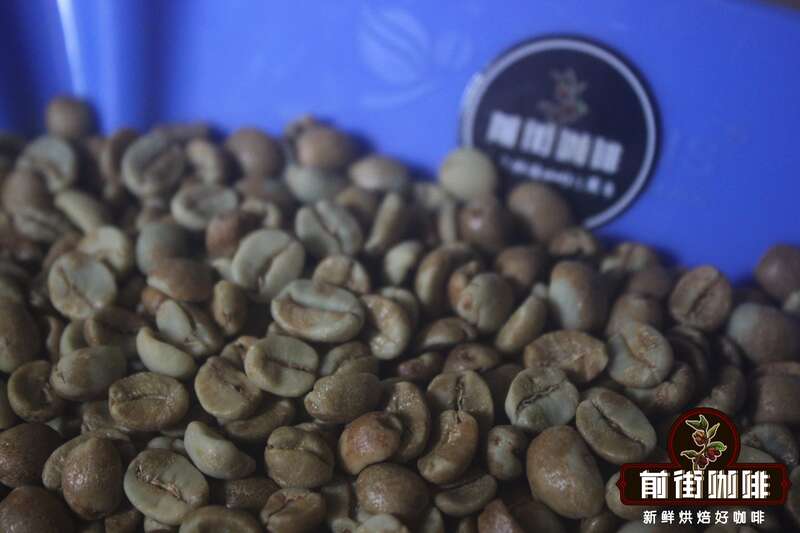
How to cook this black pearl coffee bean in front of the street
Cooking parameters
Coffee powder quantity
15 grams
Proportion
1:15
Water temperature
90 ℃
Grinding degree
0.85mm screen pass rate 80%
Filter cup
Hario v60 # 01 filter cup
Cooking process
The first stage of water injection
30 grams of water steamed for 30 seconds
Second stage water injection
The injection of 95 grams of water (125 grams indicated by the electronic scale) will be completed by about 1 minute.
The third stage of water injection
100 grams of water (225 grams indicated by the electronic scale) will be injected in about 1 minute and 40 seconds.
Extraction time
1 minute 54 seconds, remove the filter cup to finish the cooking
Flavor description
Full-bodied red wine, berry juice, nutty, high sweetness
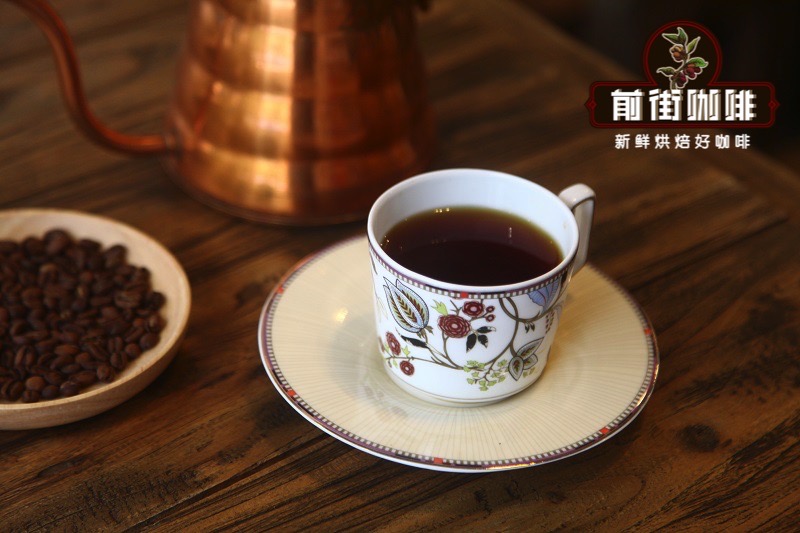
Costa Rican Red Pearl Meros
Manor: Sonora Manor
Producing area: central valley
Variety: Kaddura
Treatment: insolation
Altitude: 1700-1800 m
Flavor: berries, fermented wine, nuts, sucrose
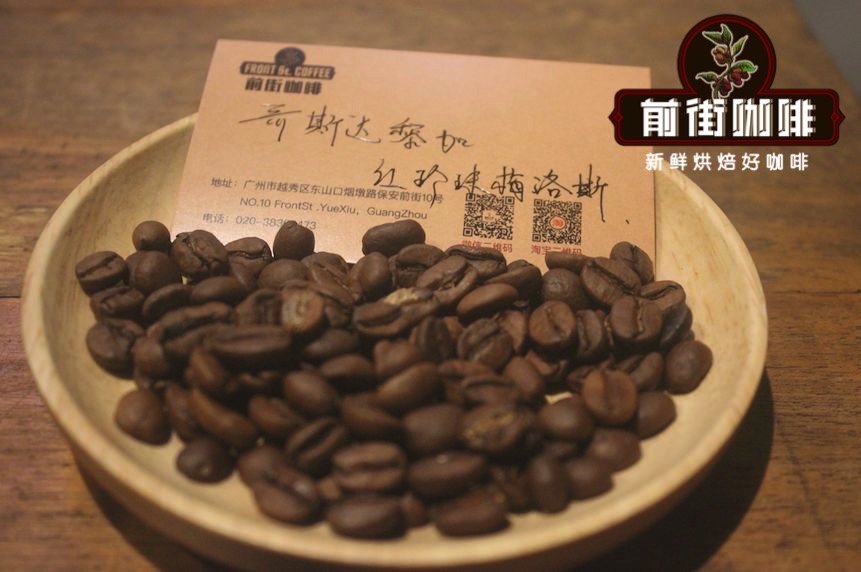
Sonora Manor
Located in the central valley at the foot of the Poal volcano, coffee grows on fertile volcanic soil and forms a complex ecosystem capable of producing high-yield small batches of coffee. The estate uses natural water to drive the Pelton flow machine, providing 100% renewable energy for the estate. Ninety-five percent of Sonora coffee is sun-treated and then dried in a low-heat drying for 3 hours, which can be treated evenly.
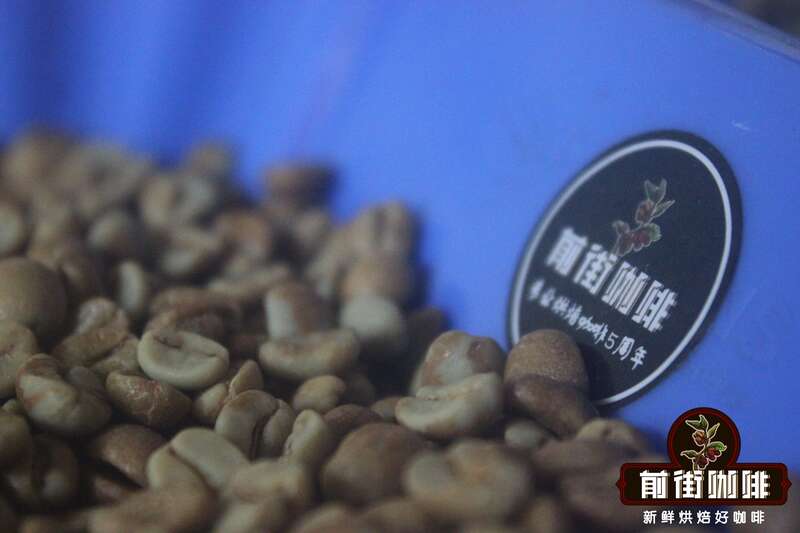
Baking suggestion
Qianjie takes this red pearl as an example to explain how to bake this bean.
The furnace temperature is 175 ℃ into the pot, the throttle is opened at 3, the firepower is 120, and the temperature recovery point is 1mm / 39 / 36, 91.6 ℃; the air door is opened to 4 at 140℃; at this time the bean surface turns yellow, the smell of grass disappears completely, and enters the dehydration stage. When the furnace temperature reaches 166℃, the firepower is adjusted to 100℃, and the throttle remains unchanged. The smell of toasted bread has obviously changed to the smell of coffee, which can be defined as a prelude to an explosion. At this time, it is necessary to listen carefully to the sound of the explosion point. When the sound of the explosion starts, adjust the throttle to 5 (the tuning power should be very careful and not be so small as to be free of burst sound). After an explosion, the development of 1 cup 39th 45 ", 195 ℃ into the pot.
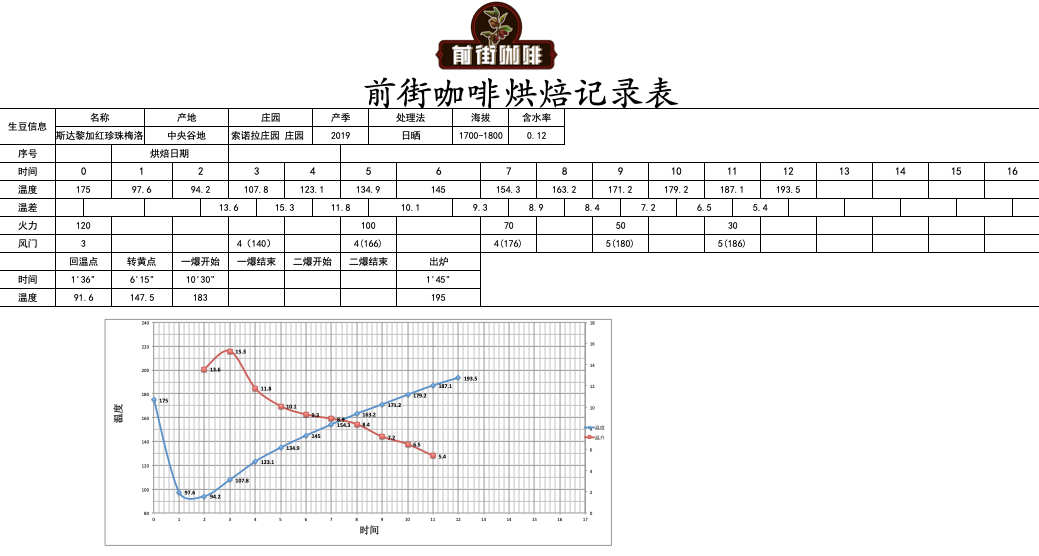
How to cook this red pearl coffee bean in front of the street
Cooking parameters
Coffee powder quantity
15 grams
Proportion
1:15
Water temperature
90 ℃
Grinding degree
0.85mm screen pass rate 80%
Filter cup
Hario v60 # 01 filter cup
Cooking process
The first stage of water injection
30 grams of water steamed for 30 seconds
Second stage water injection
The injection of 95 grams of water (125 grams indicated by the electronic scale) will be completed by about 1 minute.
The third stage of water injection
100 grams of water (225 grams indicated by the electronic scale) will be injected in about 1 minute and 40 seconds.
Extraction time
1 minute 54 seconds, remove the filter cup to finish the cooking
Flavor description
It is well balanced as a whole, with fermented wine, berries, sucrose and nuts in the mouth.
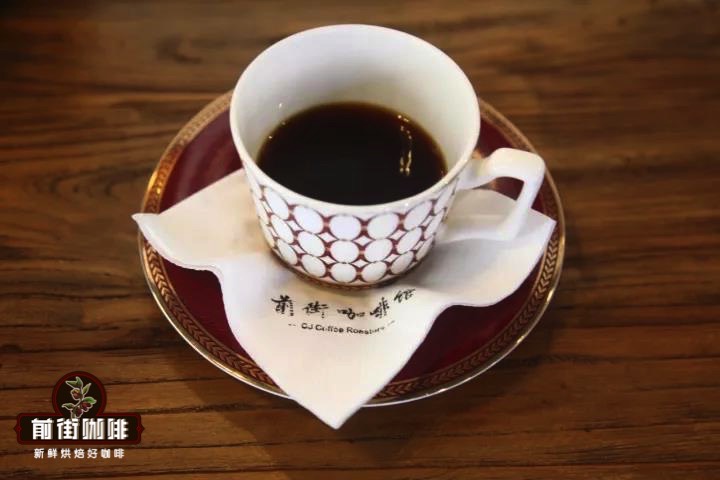
For more boutique coffee beans, please add private Qianjie coffee on Wechat. WeChat account: kaixinguoguo0925
Important Notice :
前街咖啡 FrontStreet Coffee has moved to new addredd:
FrontStreet Coffee Address: 315,Donghua East Road,GuangZhou
Tel:020 38364473
- Prev
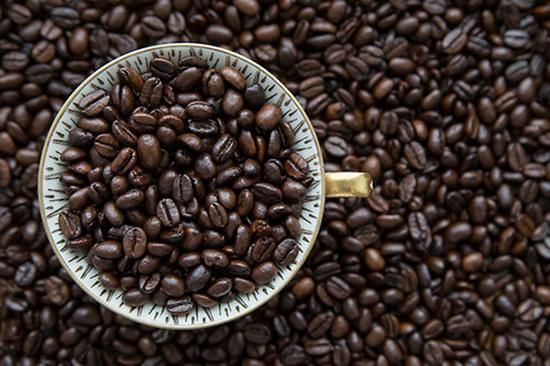
Colombia LA ROCHELA Estate Mocha Coffee Bean Introduction
Pay attention to the coffee comment (Weixin Official Accounts vdailycom ) and find a good cafe to open your own shop. Today, we recommend a coffee bean with dark chocolate aroma as the main body. Grind the medium roasted coffee beans. Sitting next to me, I could smell the aroma of coffee immediately. It also has a salty taste of sea salt. Pour it into a cup and smell it, and it feels like
- Next
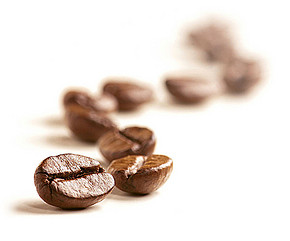
Ethiopia Yega Sheffield Arica Coffee Bean Flavor description handmade Coffee parameters sharing
Follow the caf é (Wechat official account vdailycom) and found that the Beautiful Cafe opened a small shop of its own. EthiopiaYirgacheffeAricha Manor: Arecha Aricha processing Plant: Arecha Aricha altitude:
Related
- Detailed explanation of Jadeite planting Land in Panamanian Jadeite Manor introduction to the grading system of Jadeite competitive bidding, Red bid, Green bid and Rose Summer
- Story of Coffee planting in Brenka region of Costa Rica Stonehenge Manor anaerobic heavy honey treatment of flavor mouth
- What's on the barrel of Blue Mountain Coffee beans?
- Can American coffee also pull flowers? How to use hot American style to pull out a good-looking pattern?
- Can you make a cold extract with coffee beans? What is the right proportion for cold-extracted coffee formula?
- Indonesian PWN Gold Mandrine Coffee Origin Features Flavor How to Chong? Mandolin coffee is American.
- A brief introduction to the flavor characteristics of Brazilian yellow bourbon coffee beans
- What is the effect of different water quality on the flavor of cold-extracted coffee? What kind of water is best for brewing coffee?
- Why do you think of Rose Summer whenever you mention Panamanian coffee?
- Introduction to the characteristics of authentic blue mountain coffee bean producing areas? What is the CIB Coffee Authority in Jamaica?

